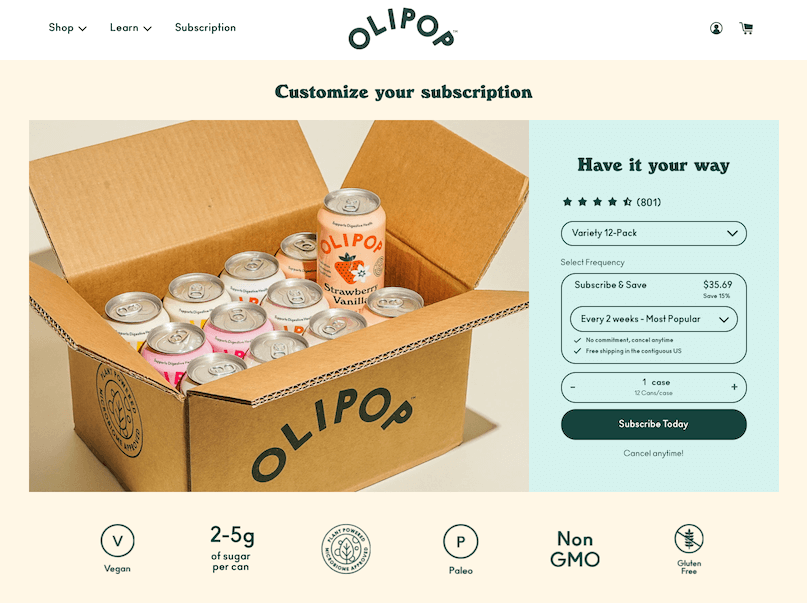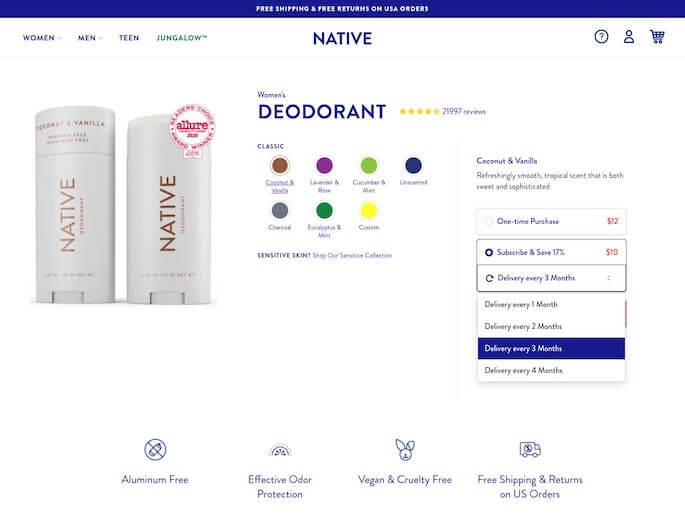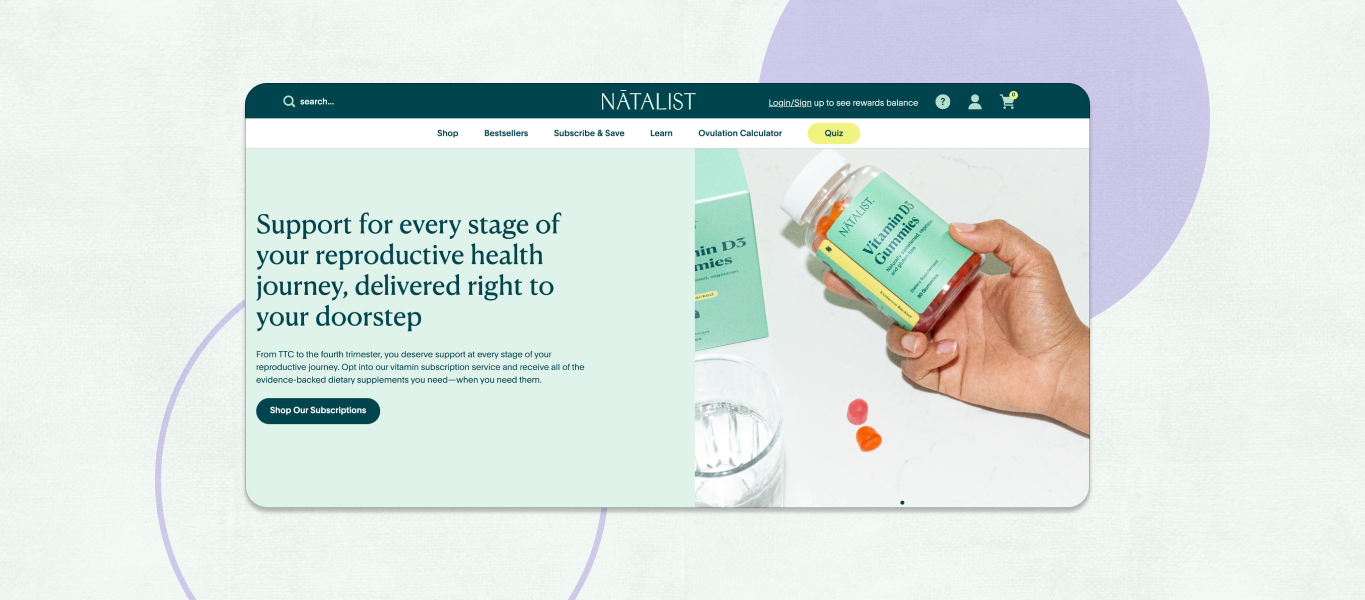Subscriptions become popular for one main reason: convenience. Whether they’re associated with a streaming service, SaaS product, or DTC retail brand, subscriptions allow companies to realize recurring revenue, while also providing customers with regular and predictable deliveries of content or products.
Subscription popularity with consumers
DTC subscriptions really started to hit the scene in the 2010s with pioneers like Birchbox and Dollar Shave Club, whereas SaaS and streaming services came about even sooner—1999 and 2007, respectively.
Even with the consumer gain in comfort prior to 2020, the shopping climate changed dramatically as consumers spent much more time at home. With the COVID-19 pandemic, storefronts closed, and the need for recurring goods and services rose sharply.
Whether they were looking for replenishment items like toilet paper and laundry detergent, or more curated goods like skincare products and craft supplies, consumers leaned into the convenience of subscriptions arriving at their door at regular intervals.

Additional consumer benefits
Consumer comfort with purchasing online products on a recurring basis has risen not only out of the necessity of the last year, but also because subscriptions benefit consumers in additional ways.
- New product offerings in curated boxes create “surprise and delight” moments that curb boredom and create a sense of excitement for each monthly shipment.
- Replenishing consistently used items right as they run out creates a time-savings factor, in that customers no longer have to venture to the store to re-up on those items.
- Customizability with subscription brands is exceedingly popular and helps to foster a long-term relationship between customer and brand. Putting customers in full control of their product set, delivery schedule, and upsell opportunities creates huge upside in the way of engagement.
- Subscriptions generally save customers money in the long run. The popular phrase “subscribe and save” rings true for the majority of subscriptions that customers are investing in. As long as the value is clear and up-front, the investment takes a lot less convincing.

Subscription popularity with DTC brands
Not only are subscriptions a win for consumers, they are also a huge win for the merchants selling them. At their core, subscriptions allow merchants to realize recurring revenue. The predictability allows for more strategic business decisions to be made, while also amplifying growth potential month over month.
The cumulative impact of subscriptions
A merchant begins their subscription offering in January and gets 10 subscribers that first month at $30 each, totalling $300 in subscription revenue in month one. In February, the merchant gets 15 new subscribers, also at $30 each, totalling $450. However, they also still have those first 10 subscribers contributing their dollars in February for their next shipment, so we add $300 to the $450 to get $750. Finally, let’s tally in March’s subscribers. Our merchant may have acquired 15 more subscribers at the $30 order price. So now for the final month we have $450 from March, $450 from February’s subscribers, and $300 more from January’s subscribers. The grand total for March is $1200. And our grand total for the quarter is $2250.
To provide context here, if our merchant did not have subscriptions in place, but had the same amount of customers as above in each month at the same average order price, their quarterly total would come to $1200.
Additional benefits to DTC merchants
- By offering customers opportunities to engage, i.e. with transactional SMS or via the customer portal, merchants can see an overall increase in lifetime value by 15–32%.
- Building a brand community with loyal fans increases not only lifetime value, but also aides in word-of-mouth referrals.
- Subscriptions tend to result in higher average order value (AOV) for customers, as they are presented with cross-sell and upsell opportunities.
- Singular transactions become more than that, in that subscriptions are a regular interaction between customers and brand. This can result in a long-term relationship and regular, actionable feedback.
It is estimated that the subscription market will grow to almost $500 billion by 2025. The leading result of this boom in subscriptions is that familiarity and convenience creates popularity among consumers and merchants alike. Overall, merchants are primed to amplify their product offering with a subscription opportunity for their consumers.
Not yet offering subscriptions? Get started with Recharge for free to create a seamless subscription experience for your customers.



